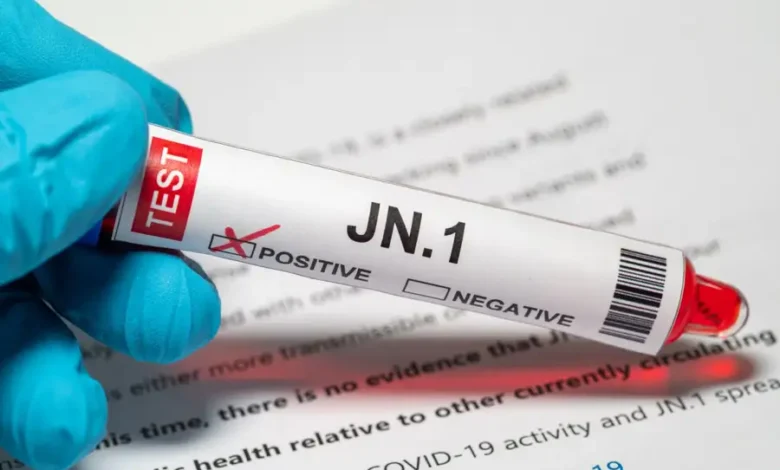Karnataka takes the Lead as JN.1 Sub-Variant of Covid-19 Spreads Across 17 States
Meanwhile, the Central government has instructed states and union territories to adhere rigorously to operational guidelines for the revised surveillance strategy for Covid-19

The JN.1 sub-variant of Covid-19 has surged across 17 states and union territories in India, with a reported total of 1,200 cases after Nagaland joined the list of affected regions, as revealed by data from the Indian SARS-CoV-2 Genomics Consortium (INSACOG).
At the top of the list is Karnataka, reporting the most JN.1 cases at 215. Following closely are Andhra Pradesh (189), Maharashtra (170), Kerala (154), West Bengal (96), Goa (90), Tamil Nadu (88), and Gujarat (76). Other states have also recorded cases, with Telangana and Rajasthan recording 32 cases each, Chhattisgarh with 25, Delhi with 16, Uttar Pradesh with 7, Haryana with five, Odisha with three, and Uttarakhand and Nagaland reporting one case each, highlighting the broad geographical impact as per data accessed by PTI.
In response to the rising cases and the emergence of the JN.1 sub-variant, the central government has urged increased vigilance. States and Union territories are instructed to adhere rigorously to operational guidelines for the revised surveillance strategy for Covid-19. Monitoring and reporting of influenza-like illness (ILI) and severe acute respiratory illness (SARI) cases from health facilities are emphasized for early detection.
The situation is most serious in Karnataka which has reported the highest number of cases and triggered a concentrated response within the state. Other regions which are significantly impacted by the JN.1 sub-variant include Andhra Pradesh, Maharashtra, and Kerala, each dealing with a considerable number of JN.1 cases. This breakdown gives a clearer picture of how the Covid-19 sub-variant is spread across regions and affecting different areas.
The World Health Organisation (WHO) designates JN.1 as a “variant of interest” due to its rapid spread. Despite this classification, the WHO emphasizes that the global public health risk remains “low.” The JN.1 sub-variant, previously categorized as part of the BA.2.86 sub-lineages, was reclassified as a variant of interest (VOI) by the WHO.
You might also be interested in Shakti Scheme’s free bus travel gift to women in Karnataka


